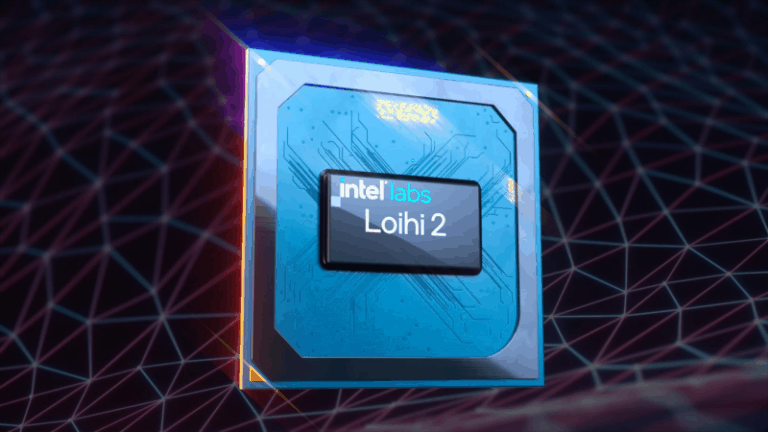Intel debuted a new neuromorphic chip dubbed Loihi 2, with 1 million artificial neurons made by using a bleeding-edge semiconductor manufacturing process that is not yet in production. The chip company says that Loihi 2 is up to 10 times faster than its previous neuromorphic iteration.
The unveiling of Loihi 2 is monumental for several reasons. It stands as a milestone in Intel’s initiative to develop a neuromorphic processor, which performs computations using a radically different approach, unlike anything central processing units (which the company is known for) can do.
Testing in Los Alamos National Laboratory
Loihi 2 also stands out for being the product of a unique manufacturing process. The chip is based on a pre-production chip manufacturing process, Intel 4, which is expected to be fully operational in the second half of next year.
Los Alamos staff scientist Gerd Kunde said that investigators at the Los Alamos National Laboratory have been using the Loihi neuromorphic platform to investigate the trade-offs between neuromorphic and quantum computing, in addition to the implementation of the learning process on-chip.
Kunde also said the scientists demonstrated the back-propagation algorithm, a crucial building block for training neural networks, previously believed to be unimplementable on neuromorphic architectures, on Loihi.
Next-gen computing
Neuromorphic computing is a new approach in semiconductor design that emphasizes developing processors that can function like the human brain in some situations.
The belief is that neuromorphic processors could run artificial intelligence models much faster than traditional chips. The technology also uses up less electricity, making it energy efficient.
As the adoption of machine learning picks up, the demand for AI chips sharply increases, which is visible in Nvidia’s meteoric share price rise. Intel is duking it out with the predominantly gamer-oriented company to win a larger share of the AI chips market.
